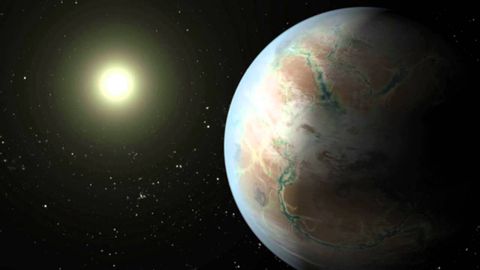
Subtitles & vocabulary
NASA’s Kepler Mission Discovers Bigger, Older Cousin to Earth
00
Chamber posted on 2015/07/23Save
Video vocabulary
planet
US /ˈplænɪt/
・
UK /'plænɪt/
- Noun (Countable/Uncountable)
- One of the bodies that orbit the sun
- A different world or sphere of existence.
- Proper Noun
- The earth.
A2
More mission
US /ˈmɪʃən/
・
UK /'mɪʃn/
- Noun (Countable/Uncountable)
- A task or role someone is given to do
- Special assignment given to a person or group
B1TOEIC
More receive
US /rɪˈsiv/
・
UK /rɪ'si:v/
- Transitive Verb
- To get something someone has given or sent to you
- To allow someone to become a member (of a club)
A1TOEIC
More earth
US /ɚθ/
・
UK /ɜ:θ/
- Noun
- Wire connecting an electrical device to the ground
- The hole in the ground that is home to an animal such as a fox or badger.
- Proper Noun
- The planet we live on
A1
More Use Energy
Unlock All Vocabulary
Unlock pronunciation, explanations, and filters
